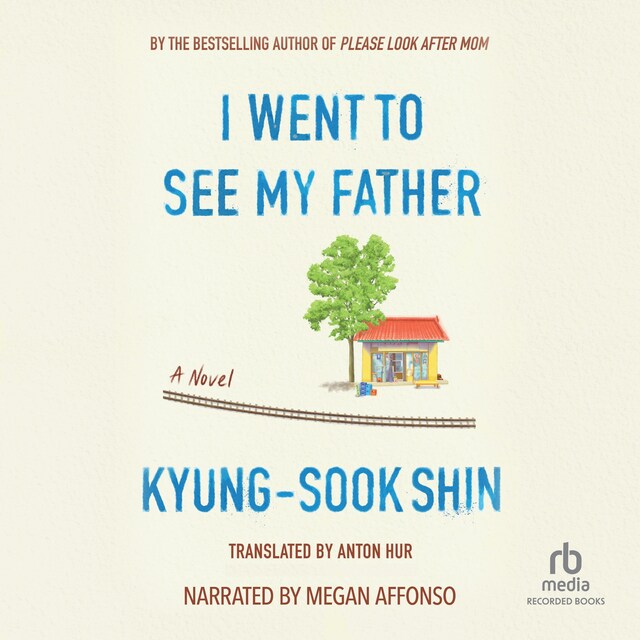
I Went to See My Father
Tietoa kirjasta
“The bus began to pull away before I had a chance to shout goodbye to Father. I think about that moment from time to time. About how long he must’ve stood there after the bus had left. About what he must’ve felt staring down that dark road, long after the bus had disappeared.
About how long he must’ve waited before going back inside the store.”
—From Chapter 1
Two years after losing her daughter in a tragic accident, Hon finally returns to her home in the countryside to take care of her father. At first, her father appears withdrawn and fragile, an aging man, awkward but kind around his own daughter.
Then, after stumbling upon a chest of letters, Hon discovers the truth of her father’s past and reconstructs her family history.
Consumed with her own grief, Hon has been blind to her father’s vulnerability and her family’s fragility. Unraveling secret after secret, Hon grows closer to her father, who proves to be more complex than she ever gave him credit for. After living through one of the most tumultuous times in Korean history, her father’s
life spiraled after the civil war. Now, after years of emotional isolation, Hon learns the whole truth, from her father’s affair and involvement in a religious sect, to the dynamic lives of her siblings, to her family’s financial hardships.
What Hon uncovers about her father builds toward her understanding of the great scope of his sacrifice and heroism, and of his generation. More than just theportrait of a single man, I Went to See My Father opens a window on humankind, family, loss, and war.


